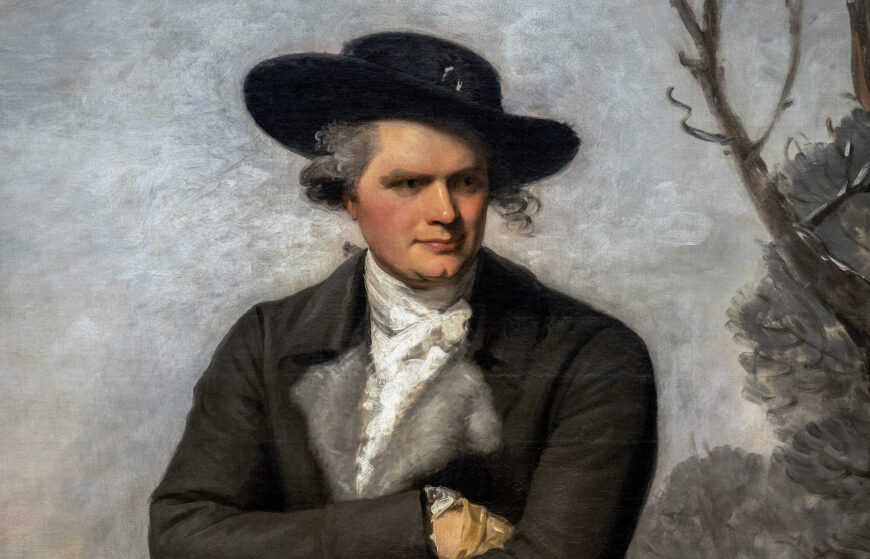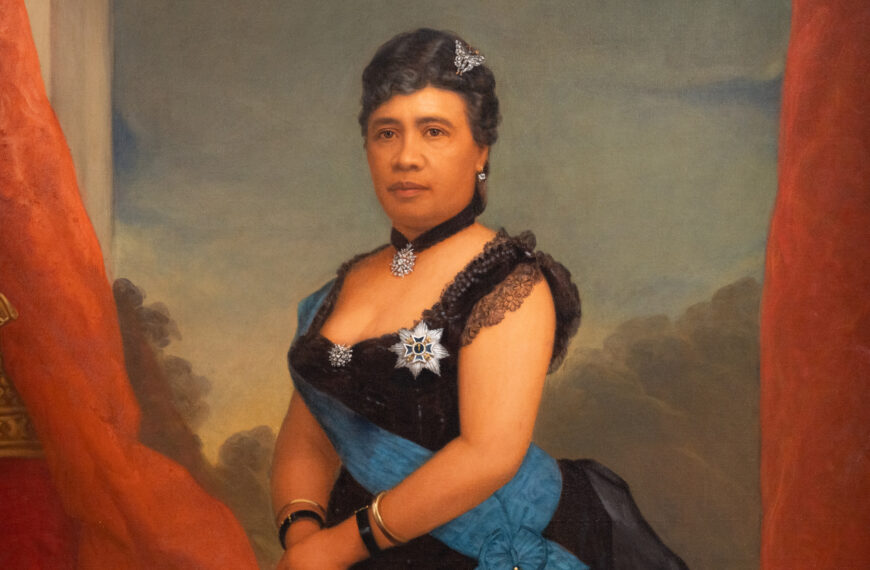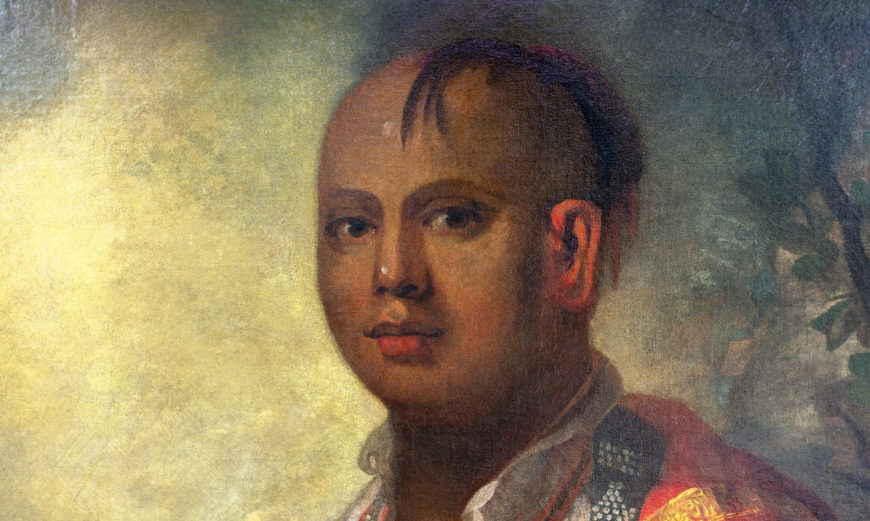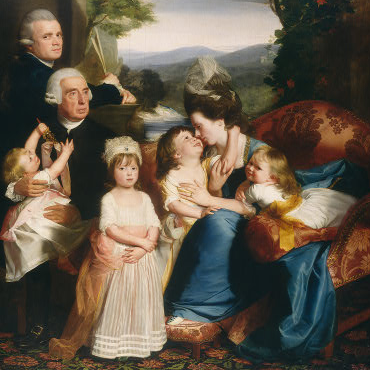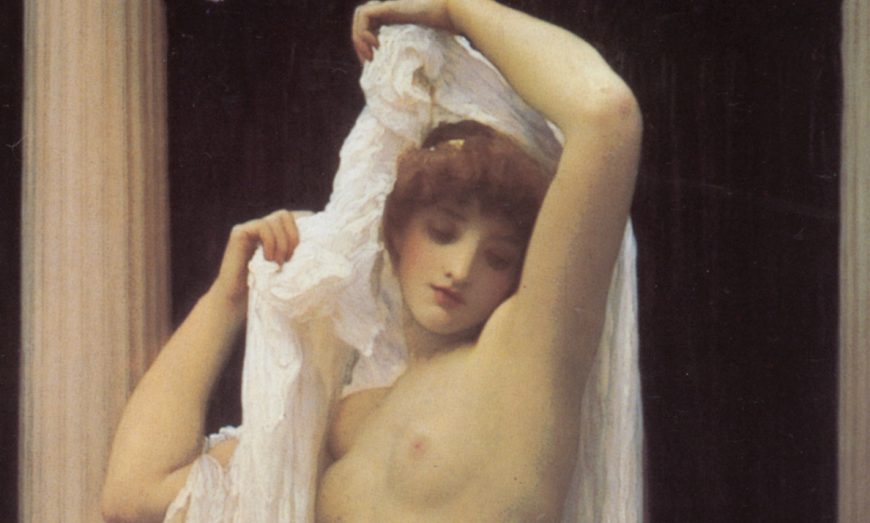Parra uses a 16th-century friar to comment on 19th-century events, as artists began to make a new art for a new nation.
A conversation between Dr. Lauren Kilroy-Ewbank and Dr. Beth Harris in front of Félix Parra, Fray Bartolomé de las Casas, 1875, oil on canvas, 263 x 356.5 cm (Museo Nacional de Arte, Mexico City)


